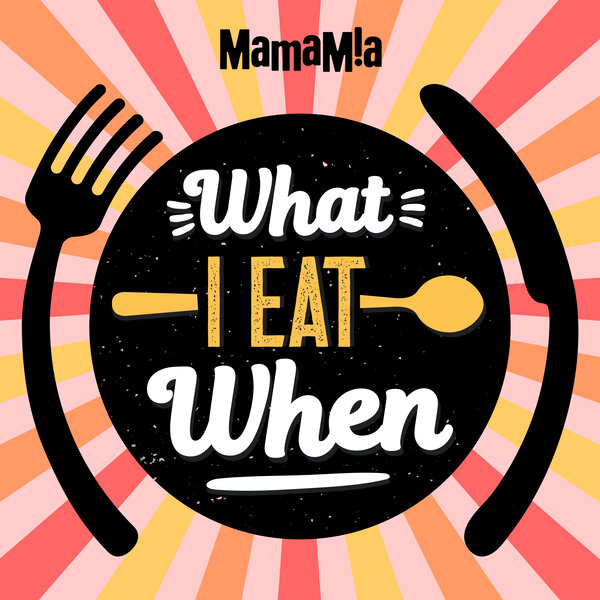

I have always prided myself on my dedication to sun protection.
My skin is so pale my features basically disappear if you use a flash camera. My friends joke I have a “moon tan”. I’m so white the snowflakes are jealous.
So it’s always been necessary to take measures to avoid sun damage, especially here in Australia where the sun is diabolical. I could probably get sunburnt on a rainy day in midwinter – this is the kind of skin I’m dealing with.
Sun safety was drilled into me as a child by my mother, who’d smother my pale limbs and face in 15+ (that’s all there was at the time!), and ensure I’d put on my cap with a flap that covered my neck before I left for school in the mornings.





Top Comments
People really, really don't understand sunscreen and sun safety in general. You should read some of the pages for brands on facebook that sell sunscreen, all these people blaming them for them or their children getting burnt when it's their own fault.
All these fools who wear base ball caps will be suffering in yrs to come,,the only thing they do is make the wearer look stupid
I always want to say something when they are worn backwards (Lleyton Hewitt wasn't our best sun safe advocate).
They'd may as well be worn backwards, they're that useless anyway!